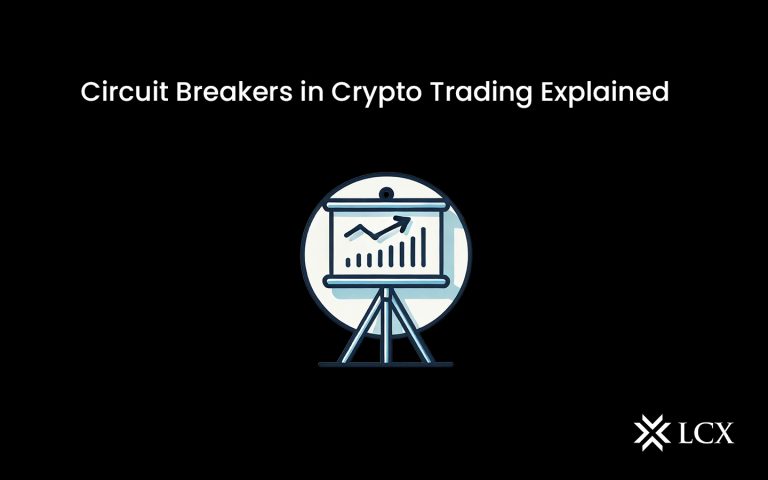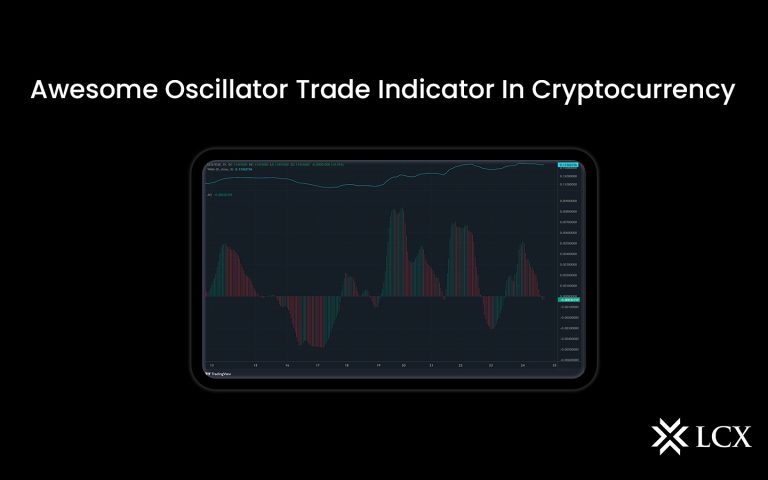Tokens play a crucial and integral role in the modern, digitized world of blockchain technology. Tokens are an integral part of the blockchain-based financial services industry. In addition to cryptographic security, tokens facilitate access to a variety of financial services. Token emission has nonetheless become a significant focus of blockchain technology. It is the rate at which new tokens are created or distributed on the market. Tokens serve as a valuable medium of exchange in blockchain and cryptocurrency networks, where they are an essential component of the blockchain and cryptocurrency ecosystems. Tokens may represent various entities, including digital assets, voting rights, and loyalty rewards.
Understanding Token Emission
Token emissions are the process of creating and releasing new tokens into circulation. This process can occur through mining, stakes, and airdrops, among other methods. Mining is the process of creating new tokens by solving intricate mathematical problems. Staking is the act of keeping tokens in a wallet and earning rewards for validating transactions. Airdrops are complimentary token distributions to owners of a specific cryptocurrency.
Token emissions are necessary because they regulate the supply and demand of cryptocurrencies. When new tokens are issued, the supply of the cryptocurrency increases, which can result in a decline in its market value. In contrast, when fewer tokens are issued, the value of the cryptocurrency may increase on the market.
Token emissions play a crucial role in determining the value and stability of a cryptocurrency, hence their significance. This is because the total supply of tokens in circulation influences the supply and demand dynamics of the market, thereby influencing the price of tokens.
Moreover, token emissions can influence the governance and decision-making procedures of a cryptocurrency network. For instance, if a small group of people holds a sizable portion of the token supply, they might be able to exert significant influence over the network’s direction and decision-making process. Alternatively, if token emissions are dispersed more broadly, this can result in a governance structure that is more decentralized and democratic.
Importance of Tokenomics in DeFi
Tokenomics is the economic and financial aspects of a cryptocurrency or token. It incorporates token design, distribution, and management within a particular ecosystem. Within the context of decentralized finance (DeFi), tokenomics plays an important role in molding and shaping the sustainability, utility, value, and success of the project. A detailed explanation of its significance is as follows:
- Incentivizing Participation: Tokenomics is instrumental in incentivizing various ecosystem participants. Participants are incentivized to contribute their resources, such as liquidity, computing capacity, and governance participation, by offering tokens as rewards. This facilitates ecosystem growth, encourages participation, and aligns the interests of diverse stakeholders.
- Governance and Decision-Making: Numerous DeFi projects include governance components that enable token holders to partake in decision-making processes. Tokenomics is instrumental in determining voting power, proposition submission, and governance rewards. Well-designed tokenomics can guarantee an equitable and decentralized governance structure, empowering the community to define the project’s future collectively.
- Liquidity and Network Effects: Tokenomics can enhance the liquidity of a DeFi ecosystem. By incentivizing users to provide liquidity or stake their tokens, projects can create liquid and vibrant markets. This liquidity attracts more participants, strengthens the network effect, and makes trading, lending, and borrowing more efficient.
- Value Capture and Token Utility: Tokenomics helps decentralized systems capture and distribute value. Tokens can serve multiple purposes, including granting access to platform features, paying transaction fees, and representing project ownership. Tokenomics determines the token’s scarcity, utility, and mechanisms for capturing the value generated by the ecosystem.
- Sustainability and Funding: Tokenomics is crucial to the sustainability and funding of crypto and DeFi initiatives. Initial funding for project development can be generated through token sales, initial coin offerings (ICOs), or token sales. Consequently, the tokenomics model, including transaction fees or inflation mechanisms, can generate recurring revenue to support operations, future development, and community initiatives.
- Token Distribution and Impartiality: Tokenomics can address concerns regarding token distribution and fairness. By designing token emission mechanisms such as airdrops or liquidity mining, projects can distribute tokens to a larger audience and reward early adopters, active users, and ecosystem contributors. This can help establish a community that is more inclusive and diverse.
- Economic Alignment: Appropriately designed tokenomics coordinates the economic incentives of all ecosystem participants. It ensures that the success of the project is aligned with the interests of consumers, developers, investors, and other stakeholders. This alignment encourages long-term engagement, collaboration, and the creation of value.
Challenges and Considerations
While token emissions offer numerous benefits, they also present challenges and considerations that must be addressed to ensure the sustainable growth of DeFi:
- Inflationary Pressure: Excessive token emissions can lead to inflationary pressures, diluting the value of existing tokens. Striking the right balance between incentivizing participation and maintaining token scarcity is crucial to avoid devaluing the ecosystem.
- Regulatory Environment: The evolving regulatory landscape poses challenges for token emissions. Different jurisdictions have varied perspectives on token distribution models, requiring compliance measures to ensure legal and regulatory alignment.
- Long-Term Sustainability: To ensure the long-term sustainability of DeFi platforms, token emission models must be carefully designed to align with the project’s goals and economics. Token emissions should consider factors such as total supply, emission rate, and distribution mechanisms to prevent market distortions and foster a healthy ecosystem.
Conclusion
Token emissions are a cornerstone of DeFi’s success, powering its growth, incentivizing participation, and facilitating decentralized decision-making. By striking a balance between incentivization and sustainability, DeFi platforms can leverage token emissions to foster robust ecosystems that empower participants and reshape the future of finance. As the DeFi landscape continues to evolve, token emissions will remain a critical tool for driving innovation, liquidity, and decentralization within these transformative ecosystems.










